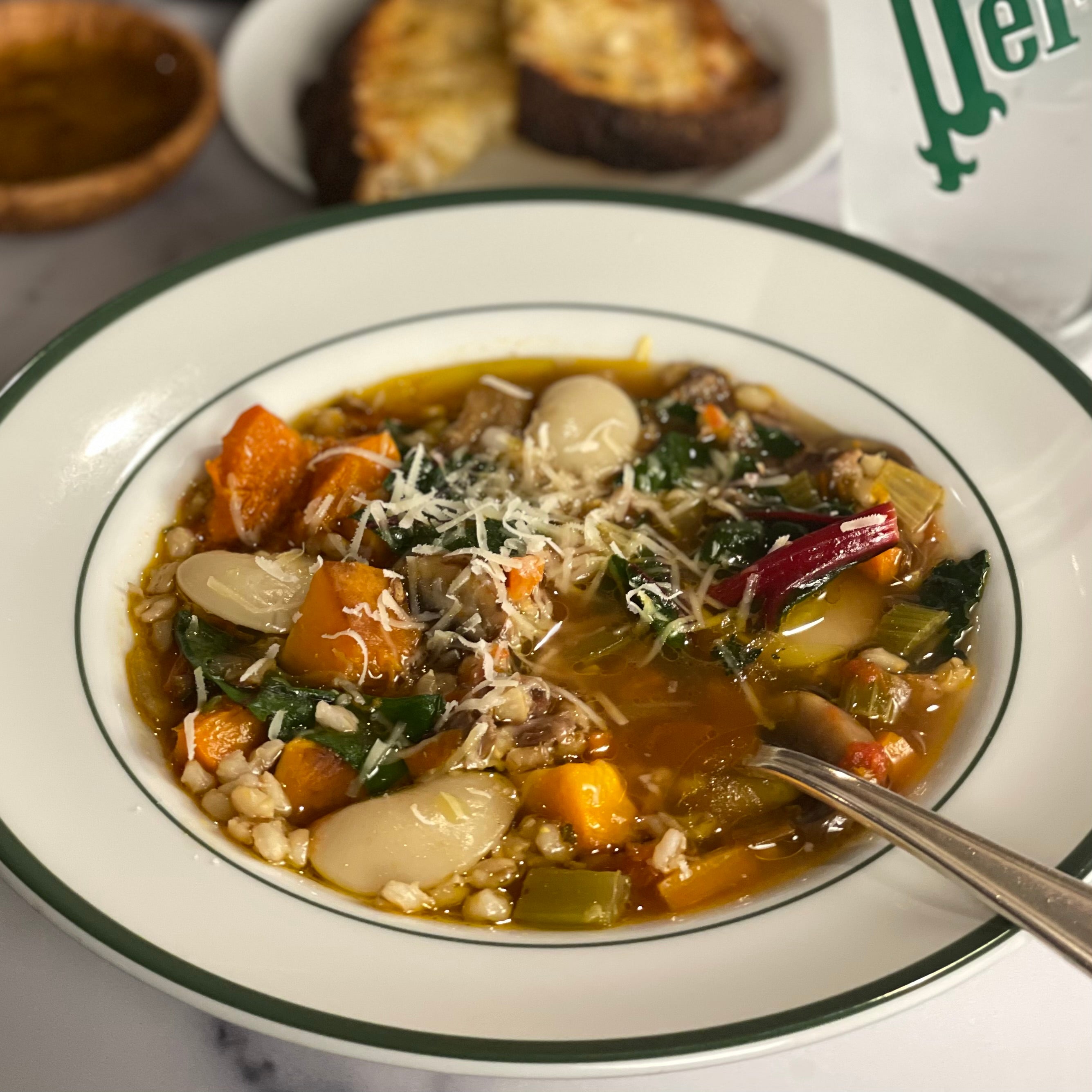
Tweak Your Tofu Technique
Why Tofu
Unless you're vegetarian or vegan, tofu is often overlooked as an ingredient. Some of you may be considering adopting "meatless Mondays" or watching your cholesterol, so I will be offering more plant-based options in our recipes for you, starting with how we sometimes prepare firm tofu at home. Although a staple in Asian cuisines for centuries, this versatile plant-based protein is increasingly adapted in western recipes.
Tofu, at its essence, is a marvel of minimalism. Produced from just three ingredients: soybeans, water, and less than 2% of a coagulant such as evaporated seawater (aka magnesium chloride), which is called "nigori" in Japanese. The process, akin to making cheese, transforms these few ingredients into a block of silken, soft, or firm tofu and many more variations in traditional Asian cooking.
Tofu's understated flavor is its greatest strength, offering a backdrop that harmoniously melds with spices, herbs, and condiments. It has a chameleon-like ability to absorb and accentuate flavors, making it an ideal component, and as we venture into the time of year when health and sustainability are at the forefront of culinary conversations, tofu stands out. High in protein, low in calories, and rich in essential amino acids, it's not only a choice for the health-conscious but also for those seeking to tread lightly on our planet.
A New Tofu Technique (for me)
I grew up with tofu as a staple in the house in the '60s, however, Dad liked soft tofu served cold from the fridge, cut into cubes, topped with small circles of green onion (or a sprinkle of furikake) and eaten with a bowl of rice. Donald, who grew up near Oakland Chinatown, adopted the use of firm tofu in the late '70s as a protein choice for us in stir fry, however, it was quite late in life that we discovered a simple technique which gave us a new way to prepare our old stand-by. We'd enjoyed this sort of dense tofu in restaurants over the years, but hadn't really thought about how to replicate it; as it happens, it's ridiculously simple and very satisfying!
In the following recipe, we'll share a simple technique that completely changes the texture of tofu and enhances its ability to absorb sauces. All you need is a little time...and your freezer!
Keep in mind that tofu comes in several forms, from "silken", a Japanese style which has a very high water content to much firmer styles. We used a lower water content "firm" tofu that is readily available in most grocery stores.
Here are the before and after photos showing how a "firm style" tofu looks, un-rinsed, directly from the package versus how it looks after being frozen and thawed. Read on to learn why we do this!







